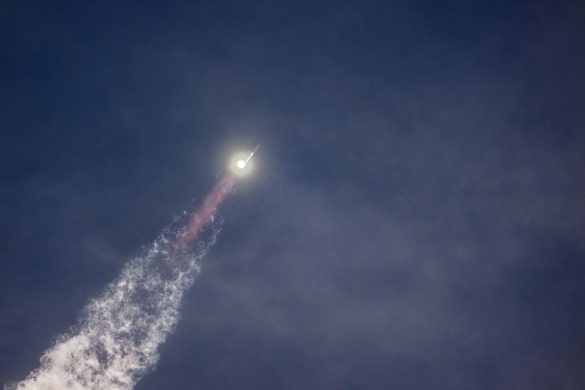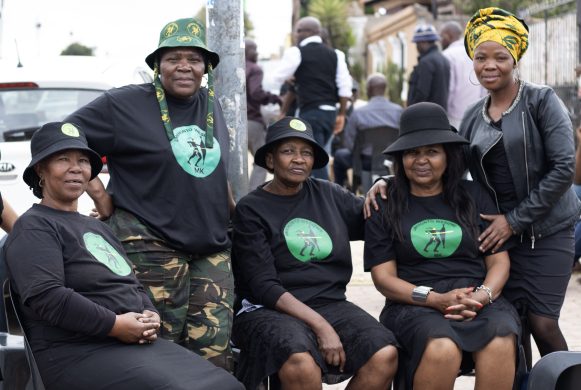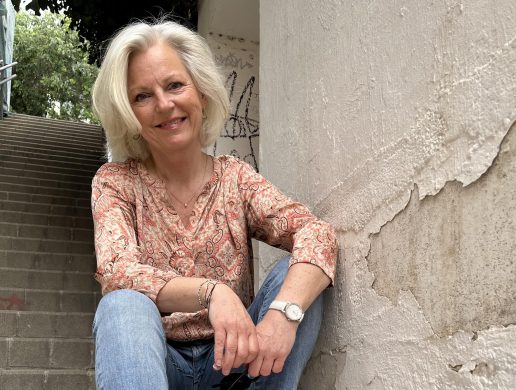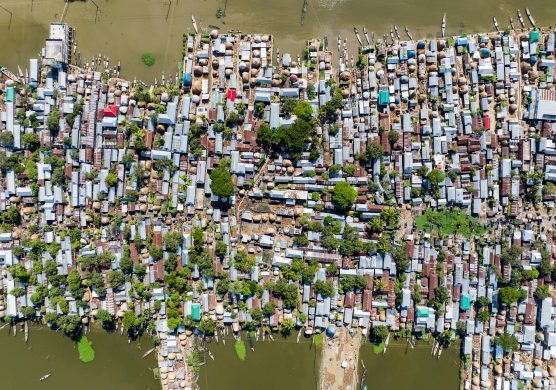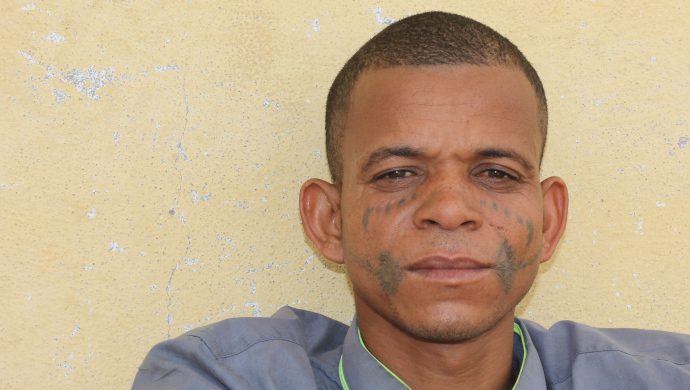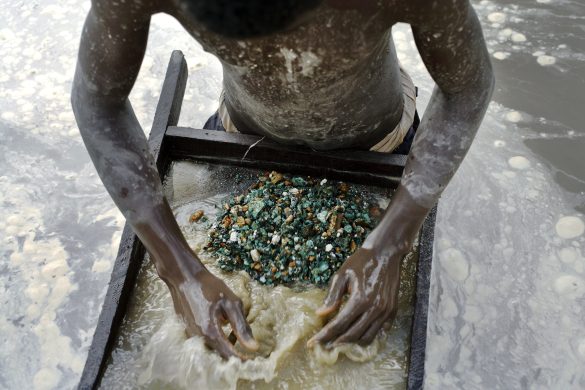Sygdommen Guinea-kopper trækker ikke mange overskrifter men skader mange liv i fattige lande. Nu har forskere fundet en forholdsvis nem og billig behandling, der giver håb om, at sygdommen kan være udryddet i 2020.
A new study published in the New England Journal of Medicine has demonstrated that the World Health Organization’s (WHO) proposed strategy to eradicate the neglected tropical disease yaws (på dansk: Guinea-kopper, red.), by 2020, could be effective reports London School of Hygiene & Tropical Medicine on its website.
It showed that one round of mass treatment with a single-dose oral drug called azithromycin, greatly reduced the transmission and prevalence of yaws on Lihir Island in Papua New Guinea.
The results of the study, by researchers at the Barcelona Institute for Global Health (ISGlobal), the London School of Hygiene & Tropical Medicine, along with six other organisations worldwide, provide empirical data to support the Morges yaws eradication strategy proposed by WHO in 2012.
I familie med syfilis
Yaws is a chronic neglected tropical disease which is related to syphilis, but is transmitted by nonsexual skin-to-skin contact.
It mainly affects children in poor regions and is caused by a bacteria which affects the skin and bones, causing weeping ulcers and severe bone deformities.
This highly contagious infection is prevalent in 12 countries in areas where people have poor sanitation and little access to healthcare services.
En enkelt behandling har stor effekt
In the new study, the research team implemented a mass treatment programme that covered all 28 villages of Lihir Island, an area with a very high burden of yaws infection.
Every resident older than two months of age was offered a single oral dose of azithromycin.
The overall treatment coverage rate was 83.8% of the estimated population of 16,092 people.
After the initial mass treatment campaign, researchers returned to the villages every six months to screen for cases of active yaws through clinical skin examination of every resident person at the time of the survey.
At the end of the study, they found that the prevalence of yaws had fallen from 2.4% before treatment to 0.3% at 12 months.
They also found that the percentage of participants with latent yaws (disease carriers) decreased from 18.3% to 6.5%.
Dr Oriol Mitjà, lead author of the paper and researcher at ISGlobal, said:
“This study provides empirical data demonstrating that one round of mass treatment significantly reduced the prevalence of disease and transmission in the villages. Although a sustained active surveillance and treatment effort will be necessary to achieve zero yaws cases, our data confirm that the WHO strategy has the potential to eradicate this disease.”
Sygdommen kan udryddes, hvis ressourcerne er der
Study author David Mabey, Professor of Communicable Diseases at the London School of Hygiene & Tropical Medicine, said:
“This is the most important study on Yaws for fifty years. It shows that, if the resources were made available to provide and deliver azithromycin to all communities in which yaws is endemic, the WHO target of eradicating this mutilating and disfiguring disease by 2020 could be achieved.
“We have been using azithromycin for the control and elimination of blinding trachoma for almost 20 years and, thanks to the generous donation of more than 350 million doses by the manufacturer, Pfizer Inc, we have succeeded in eliminating trachoma as a public health problem from seven countries. It is a very safe and effective drug with few side effects.”
Nem og billig behandling
Azithromycin is a cheap and effective antibiotic that is easy to administer. The generic form used in the new yaws study costs US 0.17 for a 500mg tablet, in doses of up to 2g.
In 2012, a team of ISGlobal researchers led by Oriol Mitjà and Quique Bassat showed, for the first time, that a single oral dose of this antibiotic is enough to cure a person with yaws.
On the basis of this discovery and other information, the WHO developed the Morges strategy and set 2020 as the target year for yaws eradication.
The new study is a collaboration between researchers at Lihir Medical Centre (Papua New Guinea, PNG), Barcelona Institute for Global Health (Spain), National Department of Health (PNG), University of Washington (US), University of Queensland (Australia), PNG Institute of Medical Research (PNG), London School of Hygiene & Tropical Medicine (UK), and the World Health Organization (Geneva).
Om sygdommen
Sygdommen findes i varme og fugtige skovområder i Afrika, Asien, Latinamerika og Stillehavsområdet.
De seneste tal for udbredelsen af Guinea-kopper er fra 1995. Her blev det anslået af omkring 500.000 lider af sygdommen.
The disease begins with a round, hard swelling of the skin, 2 to 5 centimeters in diameter. The center may break open and form an ulcer. This initial skin lesion typically heals after three to six months. After weeks to years, joints and bones may become painful, fatigue may develop, and new skin lesions may appear. The skin of the palms of the hands and the soles of the feet may become thick and break open. The bones (especially those of the nose) may become misshapen. After five years or more large areas of skin death with subsequent scarring may occur. Kilde: Wikipedia.
Læs mere om sygdommen Guinea-kopper/Yaws på WHO’s netsted.



